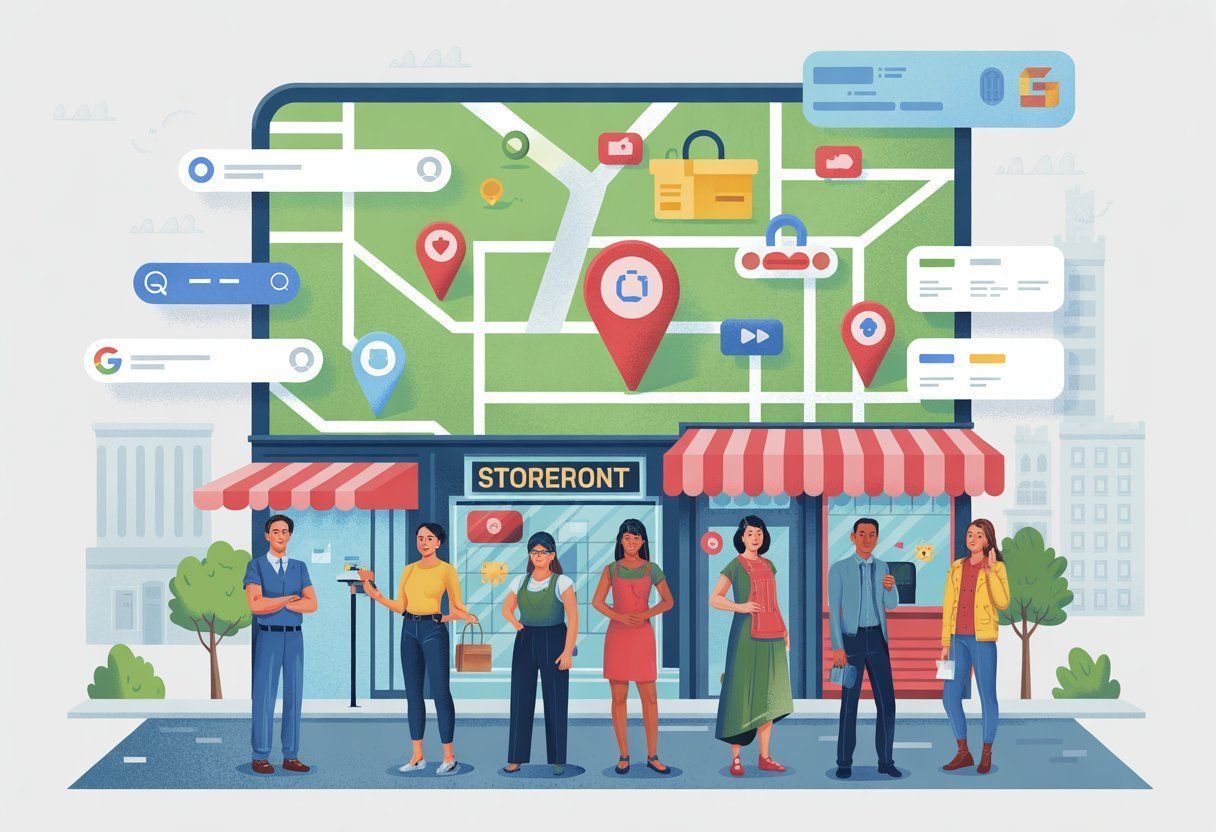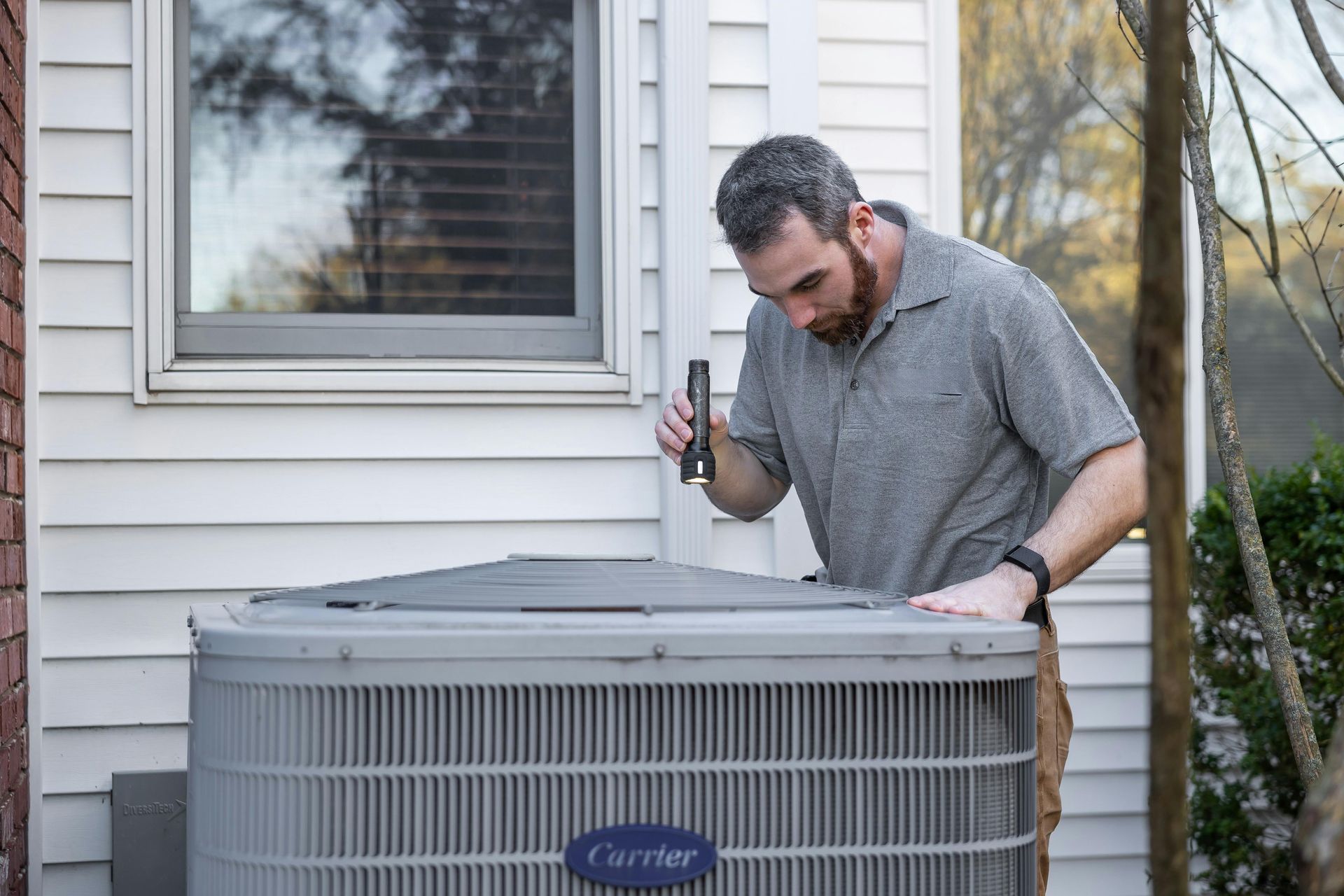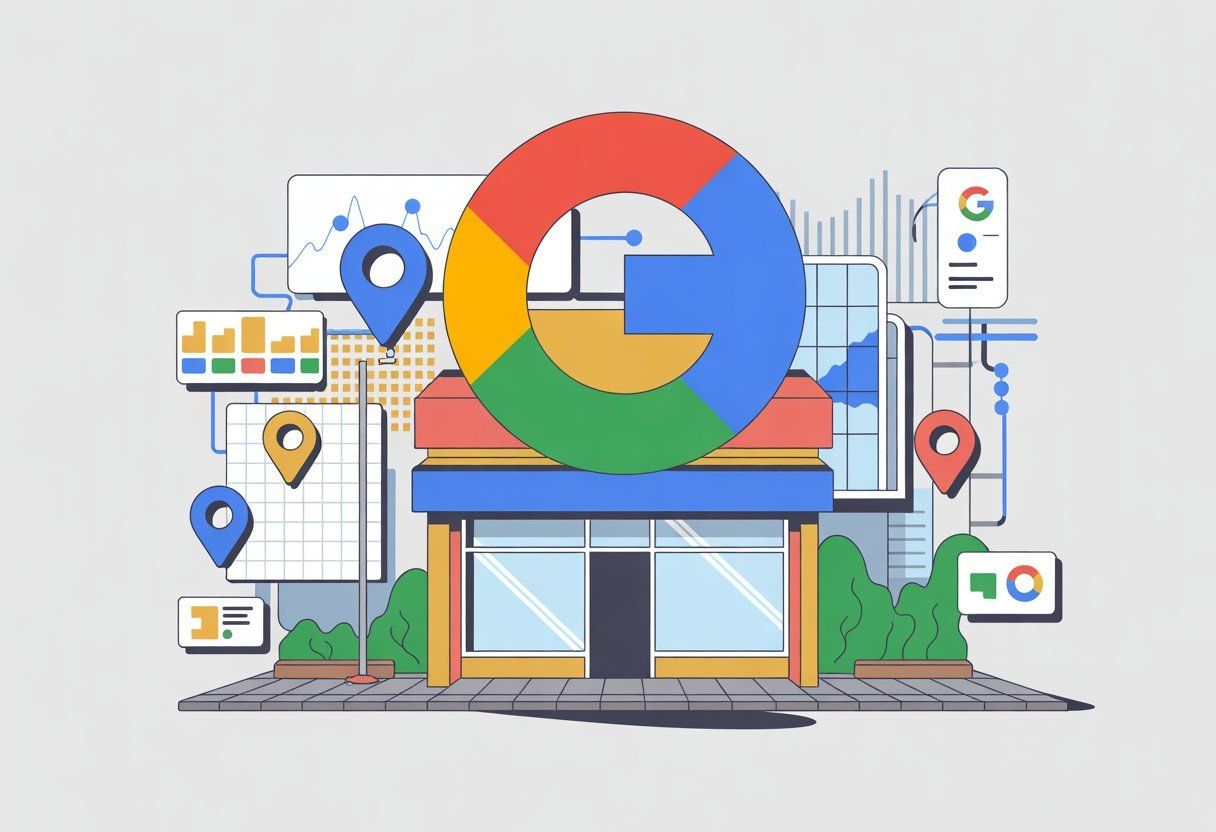SEO My Website Guru SEO Blog
By Frank Jones • October 27, 2025

Can I SEO On My Own?
Local SEO helps businesses show up when people search for services nearby. If someone searches for "pizza near me" or "dentist in Pearland," local SEO helps the right businesses appear at the top of search results.
This marketing approach focuses on getting found by customers in a specific area. It’s not about reaching everyone online—just the folks nearby who might actually walk through your door.

Many business owners can handle basic local SEO tasks themselves with a bit of know-how and some patience. Setting up Google Business profiles, managing reviews, and tweaking your website for local searches are all things most small business owners can learn.
You’ll need to invest some time and effort, but you don’t have to shell out big bucks for experts or wrestle with super technical stuff just to get started.
1) Understand the basics of local SEO and its importance for local businesses

Local SEO helps businesses appear in location-based search results. When people search for services near them, local SEO puts businesses in those results.
This type of SEO focuses on Google Maps and local search listings. It helps businesses rank higher when customers look for nearby options.
Local SEO targets people in specific areas. It’s different from regular SEO, which aims for a wider audience.
For small businesses, local SEO is a game changer. It helps them compete with bigger companies by connecting with nearby customers first.
Most local businesses get customers from their own community. Local SEO connects them with people who are already close by.
When someone searches "restaurants near me" or "plumber in my area," local SEO decides which businesses show up. That’s a big deal for bringing in new customers.
Appearing in local search results also builds trust. People tend to believe businesses that show up in these spots are more reliable.
Honestly, the main goal is simple: help local customers find local businesses when they need them most.
2) Claim and optimize your Google Business Profile

Your Google Business Profile is the backbone of local SEO. This free tool helps your business show up in local search results and on Google Maps.
Start by searching for your business name and location on Google. You might find your profile already exists—Google or your customers may have set it up.
If your business listing pops up, click "Own this business?" to claim it. Verifying ownership is easy: Google will call, text, or send you a postcard.
Fill out every section of your profile. Add your exact business name, address, and phone number, plus your website and business hours.
Pick the most specific category that fits what you do. Write a short, clear description of your services.
Upload high-quality photos of your business, your products, and your team. Add your logo and a cover photo—fresh photos definitely catch more eyes.
Keep your info up to date. Change your hours for holidays or special events, and add new photos from time to time.
Respond to customer reviews quickly and politely. Thank people for good reviews and offer helpful solutions if someone’s unhappy.
Post updates about special offers or events. It’s a nice way to show customers you’re active and engaged.
Check your profile regularly to make sure everything stays accurate. You don’t want customers showing up to the wrong address or calling an old number.
3) Ensure your business name, address, and phone number (NAP) are consistent across all platforms
NAP stands for Name, Address, and Phone number. These details need to match exactly everywhere your business shows up online.
Search engines use NAP data to confirm your business info. If details don’t line up, it confuses both search engines and customers, and can hurt your local search rankings.
Check your NAP info on your Google Business Profile first, since it’s usually the top result.
Use the same exact format on social media, business directories, and your website. Even little things like abbreviating "Street" as "St." on some platforms but not others can cause headaches.
Phone numbers should look the same everywhere, too. Consistency really matters.
Inconsistent NAP info makes it harder for customers to find you. You might lose business just because someone couldn’t get the right address.
Audit your listings every so often. Update any mistakes you spot across all platforms.
If you have more than one location, give each branch its own unique NAP details. Don’t mix them up—it just causes confusion.
4) Use local keywords relevant to your service area in your website content
Local keywords help search engines know where you do business. These include city names, neighborhoods, and other local phrases your customers use.
Work local keywords naturally into your website—service pages, blog posts, and product descriptions all count.
Put local keywords in your main page titles and headings. For example, "plumbing services in Austin" works better than just "plumbing services."
Talk about specific areas you serve. This helps search engines match your site with local searches.
Use keywords that sound like how real people search. Phrases like "near me" or the city name pop up a lot.
Search engines look for these terms to show your site to local customers. Websites with good local keywords show up more often in area-specific results.
Don’t overdo it—use local terms where they fit. Stuffing in too many location words just makes your content awkward.
5) Create and manage online citations on relevant local directories
Local citations are mentions of your business’s name, address, and phone number on the web. You’ll find them on directories, review sites, and social media.
Search engines use citations to check if your business exists and to confirm your location and services.
Submit your info to online directories like Google Business Profile, Yelp, and Yellow Pages. Claim any existing listings and create new ones if needed.
Your info should match exactly everywhere. Consistent citations help your local search rankings and make it easier for people to find you.
Update your listings if business details change—like a new address or phone number.
List your business on directories that fit your industry. Restaurants might use food delivery apps, while plumbers stick to home service directories.
Keep your info accurate everywhere. Wrong details can hurt search rankings and confuse customers.
6) Encourage and respond to customer reviews on Google and other review sites
Customer reviews have a big impact on local SEO. Search engines use reviews to figure out how good a business is and where to rank it in search results.
Google is the main place for reviews, but sites like Yelp and Facebook matter, too. Most customers head to Google first, though.
More reviews help your business climb higher in local searches. New reviews show search engines that you’re active and serving customers.
Ask happy customers to leave reviews—send a quick email, text, or just ask in person after a good experience.
Replying to reviews is just as important as getting them. When you answer, it shows you care and builds trust with both customers and search engines.
Be professional and specific when you respond. Thank people for good reviews, and if someone’s upset, stay calm and offer to fix things.
Review management tools can help you keep track of reviews and respond faster. Super handy if you’re juggling a lot at once.
7) Use schema markup to help search engines understand your local business info
Schema markup is structured data that helps search engines understand your website. Think of it as a virtual business card for your site.
You add a little extra code to your website’s HTML. Search engines read this and show your business info more clearly in results.
With schema markup, you can share your business name, address, phone number, hours, and services. It’s a behind-the-scenes boost that visitors never see.
Done right, schema markup can improve your local search visibility. You might show up more often in map results and the local pack.
Google and other search engines rely on these cues to figure out what you offer and where you are. That way, they show your business to the right people.
You’ll need some basic HTML skills to add schema markup. If that’s not your thing, you can always hire someone to set it up for you.
8) Optimize your website for mobile users and fast loading times
Mobile optimization is huge for local SEO. Most people search for local businesses on their phones—sometimes while standing right outside your door.
A slow website can hurt your rankings and drive customers away. Google uses page speed as a ranking factor for mobile searches.
Focus on responsive design so your site looks good on any device. Phones, tablets, you name it.
Compress your images so they load quickly, especially on mobile networks. Big photos can really slow things down.
Make navigation simple. Clear menus and big, easy-to-tap buttons are a must for small screens.
Use font sizes that are easy to read without zooming. No one likes squinting at tiny text.
Sites that load in under three seconds usually do better in local search results. Page speed really does matter.
Test your site on different devices to see how it performs. Free tools can help you check mobile speed and usability.
Fast loading times keep people on your site longer. That gives them more chances to find your info and maybe even stop by your business.
9) Create localized content like blog posts or event announcements
Local content helps businesses connect with their community. It also gives a boost to search rankings, which is always nice.
Search engines love websites that offer relevant info for local audiences. That's a win-win for both business owners and customers.
Blog posts about local events are fantastic for drawing in nearby folks. You could write about community festivals or quirky seasonal activities.
Highlighting local traditions never hurts either. People love seeing their hometown represented online.
Event announcements grab the attention of people looking for things to do. Make sure to include dates, locations, and a bit of what people can expect—no one likes surprises when it comes to events.
Spotlighting other local businesses is a smart move. When you write about partnerships or collaborations, it shows you care about your community and like working with your neighbors.
Seasonal content tied to local weather or activities usually performs well. Holiday shopping guides or summer activity roundups tailored to your area can really stand out.
Try guest posting on other local websites, too. It’s a solid way to reach new people and build backlinks without feeling pushy.
Work local keywords into your content naturally. Mentioning neighborhood names, landmarks, or even that odd regional slang can help search engines figure out where you’re focused.
Keep publishing regularly. Fresh content gives search engines something new to index, and a steady schedule builds your authority over time—at least, that's what most folks say.
10) Analyze competitors' local SEO strategies for improvement ideas
Studying local competitors helps you spot new ways to boost your search rankings. It shines a light on what actually works around you—and what might just be a waste of time.
Start by checking out the keywords your competitors use. Which terms do they lean on to pull in local customers? Maybe they're using location-based words you haven't even thought of yet.
Take a look at their Google Business Profile listings. Pay attention to how they write their descriptions and the types of photos they upload.
Are they posting updates often? How do they handle reviews—do they reply quickly, or let things slide?
Dig into their website content for local flair. The best competitors mention landmarks, local events, or ways they support the community.
That sort of thing really helps them connect with people nearby. It feels genuine, right?
Check out their link-building moves. Which local websites talk about them or send traffic their way?
There could be some great opportunities for your business hiding there too. Why not reach out?
Peek at their social media activity. Which platforms do they love, and how do they chat with local followers?
Compare their pricing and services to yours. It’s always good to know where you stand in your own backyard.
With all this info, you can spot gaps in your approach. Maybe you'll find some fresh keywords to chase or local partnerships worth exploring.

About the Author:
Frank is the founder of SEO My Website Guru, a local SEO agency specializing in Map Pack rankings and organic growth for service-based small businesses. Drawing on years of hands-on experience testing real campaigns, auditing sites, and tracking thousands of keywords, he focuses on what actually drives calls, leads, and revenue—not vanity metrics. Frank regularly documents processes, runs data-backed experiments, and uses transparent reporting so business owners always know what’s happening and why. His approach is simple: ethical, evidence-based SEO that’s built to earn trust and long-term results.
Insights to fuel your marketing business
Sign up to get industry insights, trends, and more in your inbox.
Contact Us
We will get back to you as soon as possible.
Please try again later.
SHARE THIS
Latest Posts









